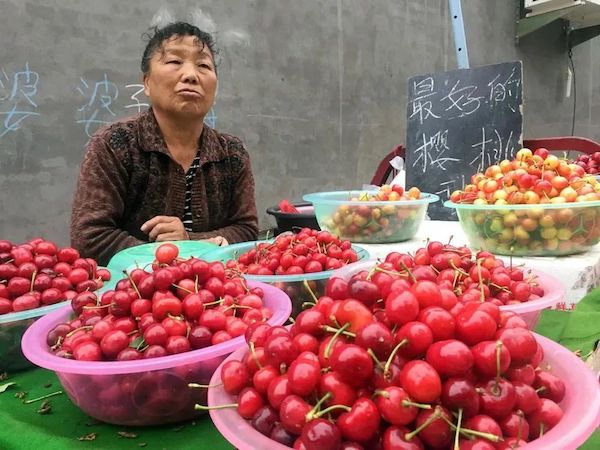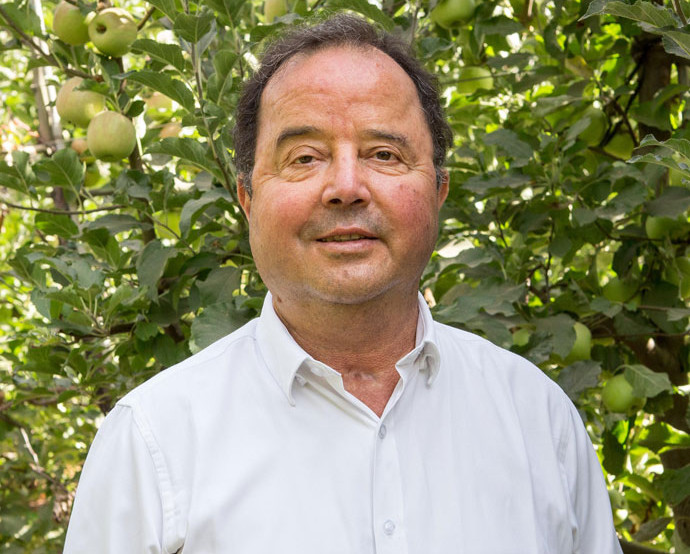Capture and early monitor of adult insects with attractive traps is crucial to timely decision-making on possible treatments and preventing issues during fruit maturation. Traps should be placed before fruits become vulnerable, preferably before the pre-invasion stage.
Various types of traps are available, such as yellow chromotropic and those with food attractants, although combinations of both are often used. Monitoring serves not so much to measure population density but rather to identify the first flights of adults, thus determining the right time for treatments.
After fruit set in cherry trees, it is important to monitor for cherry fruit fly (Rhagoletis cerasi) and spotted-wing drosophila (Drosophila suzukii). Females of D. suzukii prefer to lay eggs in fruits nearing maturation, causing issues with insecticide treatment intervals and risking infested yet seemingly intact fruits, which can compromise entire batches during marketing.
When the first adults are detected in traps, it is necessary to assess the need for treatments. To combat adults, it is recommended to use protein baits activated with registered insecticides, to be applied in the sunniest areas of the canopy, either continuously or in spots, depending on the bait type.
Treatments should be repeated regularly or after rain, and stopped before harvesting according to the insecticide's withholding period. There are also traps for mass capture or attract and kill, unaffected by rain. Treatments with etofenprox, with a 7-day withholding period, are mainly adulticides and should be used preventively to keep adult populations low. For biological control, a spinosad-ready bait is also available.
To combat larvae, treatments should begin from the pre-invasion stage using acetamiprid, a systemic neonicotinoid with a 14-day withholding period.
Controlling spotted-wing drosophila D. suzukii is particularly challenging. This insect, a close relative of the common vinegar fly (D. melanogaster), has females with a robust serrated ovipositor that allows them to tear the surface of ripe fruits to lay eggs.
There are effective attractive traps to detect D. suzukii early, but monitoring is complicated because traps can attract other non-phytophagous Drosophila species, which require observation at high magnification to be distinguished.
Recently, liquid-free traps have been introduced, simplifying the control and recognition of D. suzukii (males have a black spot on their wings, while recognizing females requires observing the ovipositor with a stereomicroscope or magnifying glass).
Once the presence of D. suzukii is confirmed, fruits must be protected from pre-invasion with larvicidal products used for cherry fruit fly or with contact products with a short withholding period like deltamethrin. For cherry trees, specific registered products against small fruit fly include spinetoram and emamectin benzoate. Again, mass capture traps help keep populations low, making insect control easier.
Source: Terra e Vita
Image: Agraria.org
Cherry Times - All rights reserved










